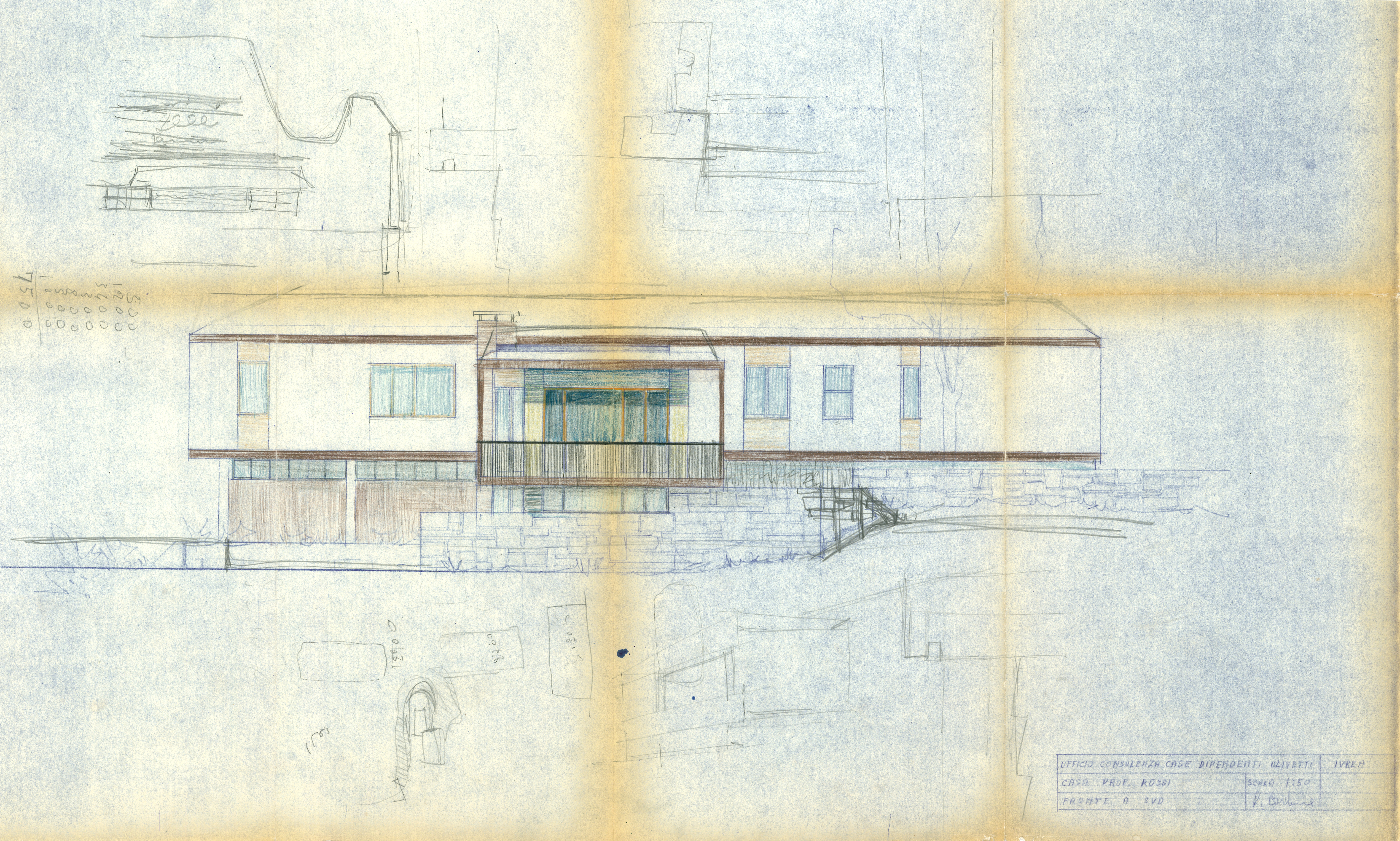Quattro ville dell’Ufficio Consulenza Case Dipendenti Olivetti. Tra architettura e prodotto industriale
L’articolo si concentra su quattro ville dai caratteri formali e distributivi simili – progettate in parallelo nel 1959 dall’Ufficio Consulenza Case Dipendenti della Olivetti (UCCD) diretto dall’architetto Emilio A. Tarpino – con un focus su villa Rossi, l’unica inserita nel Patrimonio UNESCO di Ivrea. Si tratta di un episodio isolato all’interno dell’attività dell’UCCD, risolto in un tempo rapidissimo, con poche radici nella produzione passata dell’ufficio e praticamente nessun effetto su quella futura; un’esperienza che per certi versi rappresenta anche l’apice di un’attività progettuale di lì in poi orientata alla produzione di edifici di minore originalità inclini a conformarsi fin troppo ai modelli dell’edilizia corrente.
L’interesse per l’episodio trascende l’esito formale (pur interessante) degli edifici e apre sguardi sulle modalità operative dell’UCCD caratterizzate da un’applicazione temperata dei metodi della produzione seriale e dei principi di semplificazione dei processi, standardizzazione dei prodotti e massimizzazione del loro valore formale che ispiravano l’intera attività della struttura aziendale al cui interno operava l’ufficio. In particolare le quattro ville testimoniano la capacità di applicare tali principi anche al progetto di edifici di pregio con soluzioni progettuali complesse e illustrano le fasi del passaggio ad un linguaggio architettonico nuovo, lontano da quello tardo-razionalista che aveva caratterizzato la produzione dell’UCCD negli anni cinquanta.
Four villas of the Homes Consultancy Office for Olivetti Employees. Between architecture and industrial product
The article focuses on four villas with similar formal and distributive characteristics – designed in parallel in 1959 by the Olivetti Employee Homes Consulting Office (UCCD) directed by the architect Emilio A. Tarpino – with a focus on Villa Rossi, the only included in the UNESCO Heritage of Ivrea. This is an isolated episode within the UCCD activity, solved in a very short time, with few roots in the past production of the office and practically no effect on the future one; an experience that in some ways also represents the apex of a design activity thereafter oriented towards the production of buildings of lesser originality inclined to conform too much to current building models.
The interest in the episode transcends the formal (albeit interesting) outcome of the buildings. It opens gazes on the operating modes of the UCCD characterized by a moderate application of the methods of serial production and of the principles of simplification of processes, standardization of products and maximization of their formal value that inspired the entire activity of the company structure within which the office operated. In particular, the four villas testify to the ability to apply these principles also to the design of prestigious buildings with complex design solutions and illustrate the phases of the transition to a new architectural language, far from the late-rationalist one that had characterized the production of UCCD in the 1950s.

Quest'opera è distribuita con Licenza Creative Commons Attribuzione - Non commerciale - Condividi allo stesso modo 3.0 Italia.









